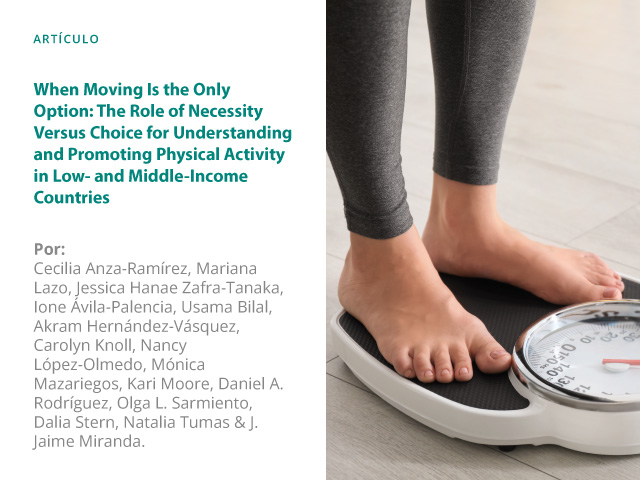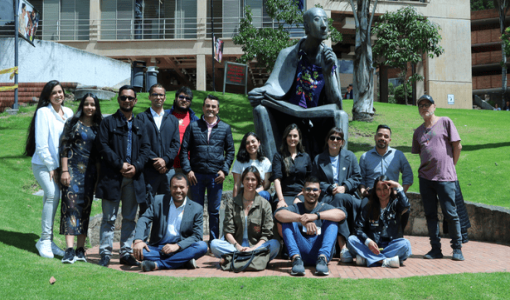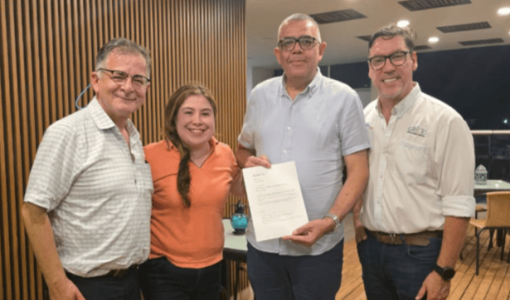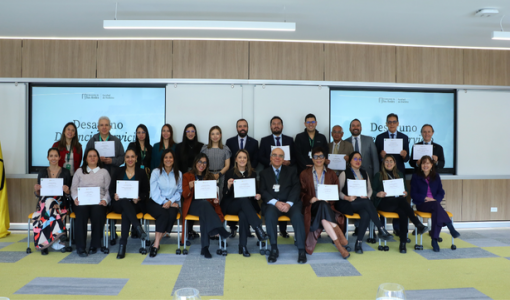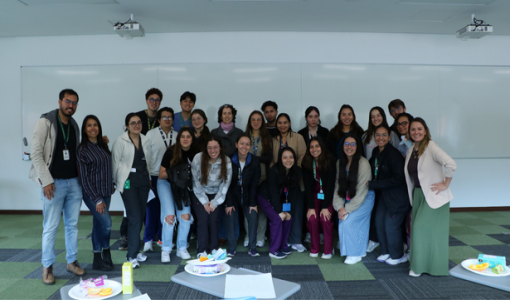[Artículo]
Conoce y descarga este nuevo artículo donde participo Dra. Olga Lucía Sarmiento.
Abstract
Latin America is the world’s most urbanized region and its heterogeneous urban development may impact chronic diseases. Here, we evaluated the association of built environment characteristics at the sub-city —intersection density, greenness, and population density— and city-level —fragmentation and isolation— with body mass index (BMI), obesity, and type 2 diabetes (T2D). Data from 93,280 (BMI and obesity) and 122,211 individuals (T2D) was analysed across 10 countries. Living in areas with higher intersection density was positively associated with BMI and obesity, whereas living in more fragmented and greener areas were negatively associated. T2D was positively associated with intersection density, but negatively associated with greenness and population density. The rapid urban expansion experienced by Latin America provides unique insights and vastly expand opportunities for population-wide urban interventions aimed at reducing obesity and T2D burden.
Introduction
Latin America is the world’s most urbanized region, even surpassing China, which currently has ~60% urban population, 20 percentage points lower than Latin America. Its urban population has rapidly increased from 40% in the 1950s to almost 80% in 2014, partly explained by a sustained rural-to-urban internal migration to cities driven by socioeconomic and political changes. Thus, Latin America hosts several megacities with >10 million inhabitants and a large number of rapidly growing small and middle-sized cities. Such cities have wide within- and between-city heterogeneity in their human-modified spaces, or built environments, including features such as density of street intersections, greenness, interrupted or fragmented urban development, isolation of that development, and population density.
Much of the scientific progress towards improved health has focused on the therapeutical aspects of disease treatment, but medical care is not necessarily the most powerful determinant of health outcomes, with environmental and social factors accounting for 50–60% of health gains. This raises the question as to whether within- and between-city heterogeneity and other built environmental attributes are related to different health profiles in the Latin American region and similar areas undergoing major population and urbanization transitions. Among the health profiles of interest, we prioritize those related to chronic non-communicable conditions, which are rising around the globe and more so in resource-constrained countries.
Obesity and type 2 diabetes (T2D) are two leading chronic non-communicable conditions and major public health problems given their disability and mortality burdens. The study of the built environment and its role in terms of cardiometabolic risk factors such as obesity and T2D in a rapidly changing region such as Latin America has not been studied across the range of cities or countries. Here, building upon previously reported relations with metabolic health outcomes in other settings, we studied the association between body mass index (BMI), obesity, and T2D, using individual data harmonized from health surveys from Latin American countries with built environment characteristics at the sub-city level (intersection density, greenness, and population density) and city level (fragmentation and isolation).

